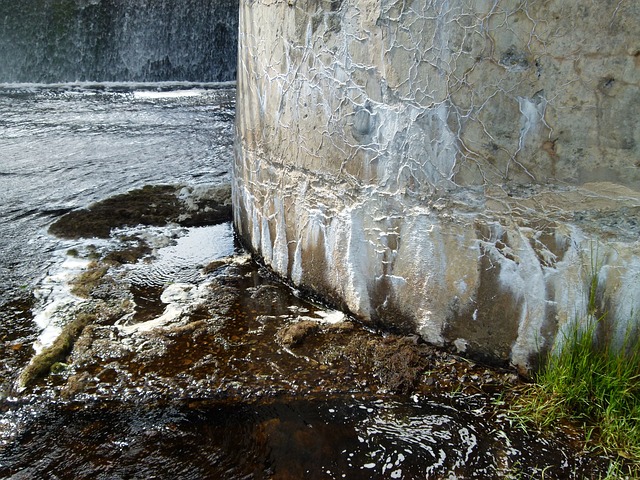
Leachate is a waste fluid that leaks into a landfill.
The idea of leachate is used in the field of ecology . This is the name given to a residual fluid that, through a percolation process, is filtered from a landfill .
Mineral treatment
Leached comes from the verb leach . Leaching consists of the treatment of a mineral or other substance with a solvent, in such a way that the insoluble parts are separated from the soluble parts.
When a liquid moves through a porous medium , percolation occurs. In the case of leachate, this percolation causes its filtration from a sink.
The leachate usually has a certain degree of toxicity . It generally contains compounds that were part of the medium it passes through.
Leachate and the environment
Environmental sciences usually use the concept of leachate to name the liquids that are produced in a controlled waste deposit . Leachate is formed with water from garbage , water from precipitation and groundwater. As it moves through the waste, it drags elements and gives rise to other materials.
Correct environmental management should aim, in a first step, to reduce contact between liquids and waste to minimize the production of leachate. Once the leachate is produced, the substance must be collected and transferred to a suitable deposit so that it can be treated.
General characteristics
The characteristics of the leachate depend on the type of waste that produced its generation, the properties of the deposit and the climate conditions. However, it is possible to make a list that applies to the vast majority. One of the traits that all leachates tend to share is a considerable level of contamination, and this is due to:
* high concentrations of organic matter (which arises from compounds from the remains of living organisms);
* high level of nitrogen, particularly in the form of ammonium (cation of more than one atom whose charge is positive);
* abundance of salts , especially sulfates and chlorides;
* scarcity of heavy metals (elements whose definition is not very precise, but which share typical properties of metals).
According to the most prestigious research reports, we can convert the data just presented to statistical values to take a look at the proportion in which each contaminant is found in a normal controlled deposit: organic matter, 55.41%; nitrogen, 7.86%; salts, 35.03%; heavy metals, 1.7% .
The quality of the leachates
In addition to the contaminants that are usually associated with them, the quality of the leachate is another of its characteristic features, particularly due to the unmistakable change that it undergoes over the time that the controlled deposit lasts.
Below we will see three changes that usually take place in the leachate as time progresses:
* with respect to the organic matter found in it, its biodegradability decreases;
* its proportion of ammonium increases;
* its percentage of salts increases.

Organic matter, nitrogen, salts and heavy metals are its main contaminants
Pickup and transportation
It is necessary to develop a system to capture and transport the leachates that accumulate. Although each case may have different characteristics, it is possible to affirm that its most important elements are usually present in all systems:
* drainage layer;
* pumping point in which a shed is built for this purpose and a sump is provided;
* tube for collection;
* pipe to transport leachate to the tank or pond.
Given the characteristics of leachate, exposed in the previous paragraphs, and the dangers it represents for life in society, these collection and transportation systems must offer a guaranteed service . In other words, it must promise satisfactory results in a stable manner.
